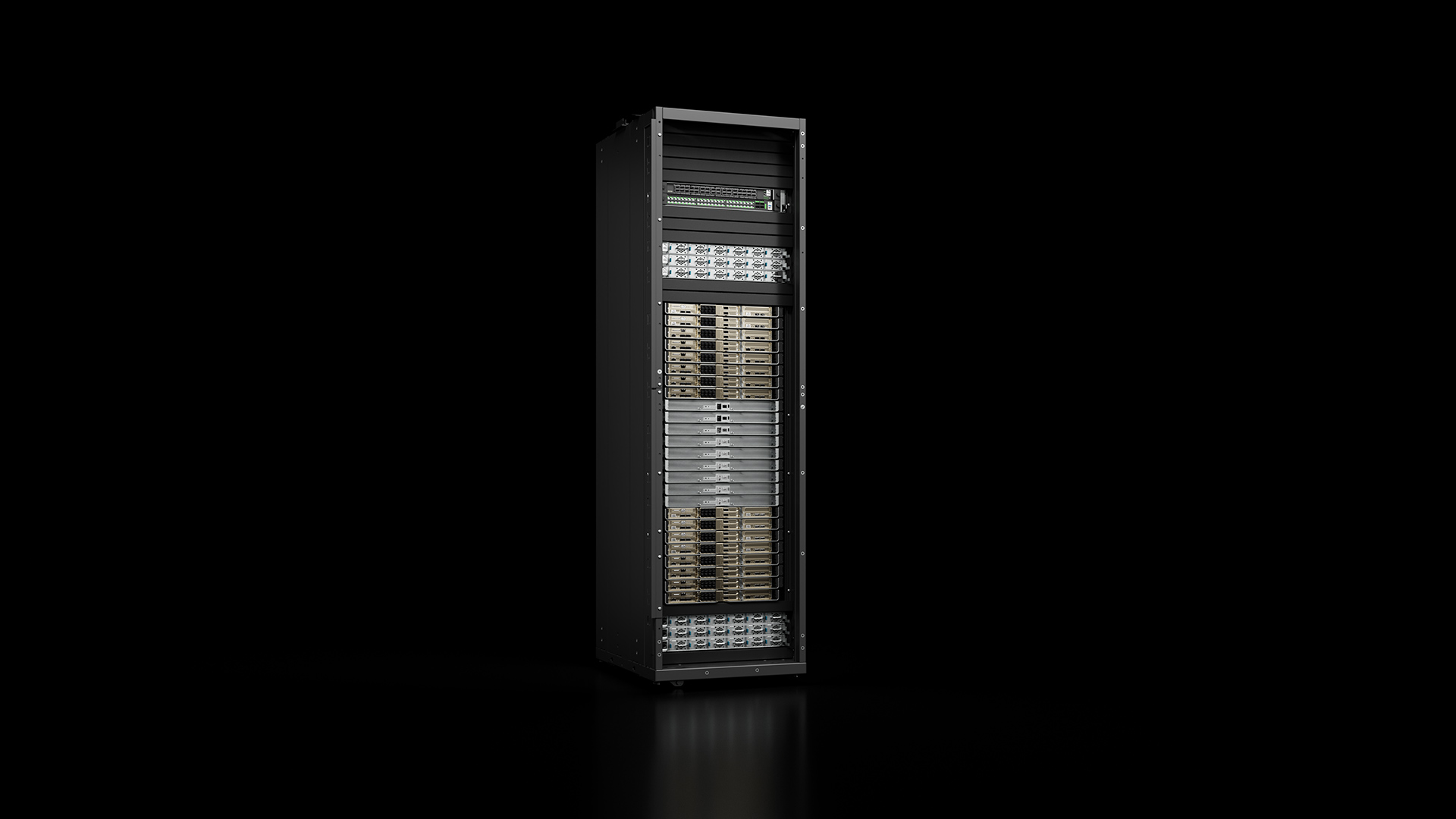Schnitzel lover
Regular
I’m not trading it @DingoBorat until it clears the 20Weekly..
Great post ... It has been posted a couple of times Rach
Who are the leaders in neuromorphic computing?
Who are the leaders in neuromorphic computing? TS2 SPACEts2.space
Sorry, not sure if previously posted, from October
Snippet
Additionally, BrainChip Holdings, an innovative technology company, has made noteworthy contributions to neuromorphic computing. Their Akida™ Neuromorphic System-on-Chip (NSoC) is specifically designed to process data in a manner similar to the human brain. With its low power consumption and high-speed processing capabilities, BrainChip’s Akida™ NSoC is well-suited for edge computing applications, including surveillance, cybersecurity, and more. BrainChip’s dedication to developing efficient and powerful neuromorphic computing solutions has solidified their position as a key leader in this domain.

Shall I bring my large feather duster Eskie or would you prefer a smaller one?Evening Chippers ,
Well bend me over & spank me with a feather duster...
We are pressently up 10.83% on the German market , under two hours in , looking promising.
21 thousand € traded so far .
Regards,
Esq

I've been called many things, but Lolci, that's a firstLooking like Lolci's charts now with the bitchy commentary/emojis hahah
It's possible if there's a continuation of yesterday's volume, for sure. As long as any good moves are proceeded by nice consolidation, not sharp sell offs.Can we manage a .235 today....or dare I say a .255 on the SP. We need news but we are also heavily oversold generally ...some basic recovery to .30 to .40 is due.
Sean exercising 2 mill options.Announcement ASX
Shall I bring my large feather duster Eskie or would you prefer a smaller one?
View attachment 50862
Shall I bring my large feather duster Eskie or would you prefer a smaller one?
View attachment 50862
